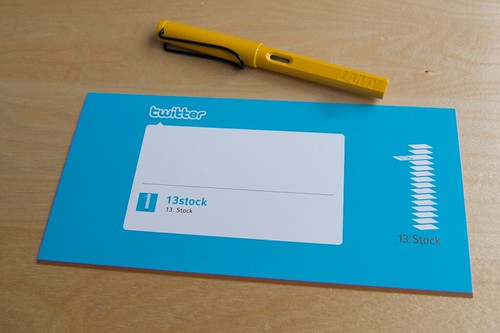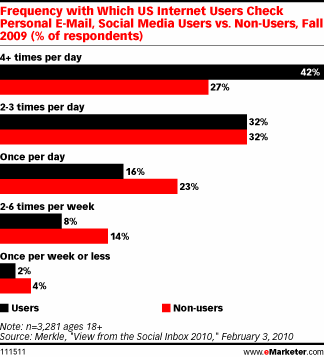Turning Twitter Data into Decision Making Information

This is a guest post by Duane Johnson:
Duane Johnson is the founder of Precision Diving and runs a scuba diving blog to help scuba divers improve their diving skills and enjoyment. He teaches recreational and technical scuba diving classes in the Chicago area. Learn more about him here and follow him on Twitter at @PrecisionDiving.
Do you know just how powerful Twitter really is? I found it difficult to believe that the marketing machine known as PADI isn’t giving dive retailers and professionals the best recommendations for using social media. At DEMA, PADI was there giving a presentation on marketing with social media. New Scuba Marketing had a great report from the social media marketing presentation. So let me show you how you can start utilizing Twitter to it’s fullest potential.
Turning Data into Information
Unfortunately, many dive store owners (as well as many small business owners) have very little formal business training. It is important to know the difference between data and information. Almost every Strategy 101 business class will cover the differences between data and information. In a nutshell, data is raw text and numbers. Information is the result of processing the raw data. Information is what managers and executives use to make decisions about where to take a company or product.
You don’t need to have 100,000 followers to take full advantage of the data that Twitter holds.
One of the tools that dive store managers/owners can use to get information is Twitter. Twitter is a gold mine of data. It is your job to turn this data into information that will help you make decisions about how you operate your business. Let me give you a couple examples:
- Know what people are saying about you – The best marketing you can get is positive word of mouth. When someone has had a good experience with you, they may post it on Twitter. The opposite is also true. If someone didn’t have a good experience with you, then they will give negative feedback on Twitter. It is your job as a manager/owner to be able to adjust to changes in customer experiences. As you start to see negative feedback from customers, you can make the changes needed so that other customers won’t have the same experience.
- Competitive Advantage – This is one area that I have found many small businesses do not focus on. While you may not care what other dive stores are doing in your area, the truth is, you should care. You should care a lot!!! In the above item, I told you how you can see what other people are saying about you. You can also use Twitter to see what people are saying about your competitors. You’ll be able to see the good as well as the bad. Then you can use that information to promote what you do well over what your competitors do poorly. More and more dive stores are creating Twitter accounts. Certainly they will always promote a sale, promotion, or class. You can use that information to create your own promotions to give potential customers an alternative to what your competitors are offering.
These were just two ways you can use Twitter to get critical information about how you direct your scuba diving business. By now you may be saying “This is great, but how do I get access to this Twitter data?” You don’t need to have 100,000 followers to take full advantage of the data that Twitter holds. As a matter of fact, you don’t need one follower to dig through the Twitter gold mine.
If you go to Twitter’s web site and create an account, the web site is not conducive to help you find this data. You’ll need to turn to a third party application. I use Tweetdeck. I like Tweetdeck because I can create saved key word searches. When someone in the Twitterverse mentions one of these key words, it shows up in it’s own window for me to review later.
So I have a ton of windows in Tweedeck for keywords that are important to my scuba instruction business. I’ve also got saved searches for all of the dive stores in my area (Chicago, IL and surrounding areas). I know what people are saying about me, my competitors and the areas of diving that I’m targeting my business towards. There are a number of third party applications that monitor and read the Twiiter feed. You should pick one and use it. (Nick uses Hootsuite, which he’ll be talking about in a later post)
To get the most out of Twitter, you need to do three things: 1) Tweet your classes, specials, products, etc., 2) Interact with your followers and other members of Twitter. and 3) use the search function of the Twitter feed to find information for you to use. It’s not going to be easy and it does require some work. If you persevere, your business will grow and you’ll start to attract new customers to your scuba diving business.
Photo via 13stock



